In just one week, overnight lending rates between banks have skyrocketed from 1.62% to 6.45% per year – the highest level in many months. This move has businesses worried that a new “wave” of lending rates will soon spread, pushing up capital costs and creating more pressure on production and business activities.
Interbank interest rates rebound sharply after hitting 16-month low
After a long period of decline, interest rates on the interbank market suddenly reversed direction, skyrocketing across all terms. This is a remarkable pivot, occurring just a week after interest rates hit their lowest level in 16 months.
According to data from the State Bank of Vietnam (SBV), the overnight lending rate between banks for the shortest term in the interbank market has increased sharply from 1.66%/year (session 23/6) to 6.45%/year on June 30, an increase of nearly 5 percentage points in just 7 days.
Not only overnight term, interest rates for longer terms also increased simultaneously: 1-week term jumped from 2.3% to 6.53%/year; 2-week term increased from 3.87% to 5.62%/year; 1-month term increased from 3.45% to 5.18%/year.
This strong increase clearly reflects the liquidity pressure in the banking system, which is currently in a tight state. To support the market, the State Bank of Vietnam has quickly injected more than VND90,000 billion through open market operations (OMO) in the past week, showing the flexible response of the operator to the urgent need for short-term capital.
Previously, on June 24, the State Bank of Vietnam restarted the issuance of treasury bills to withdraw some money. However, immediately after that, the agency temporarily suspended this activity and switched to increasing capital injection through OMO, a move that shows that the priority of stabilizing liquidity is being placed on top.
Interbank interest rates are an important indicator of the “health” of cash flow in the banking system. This is the interest rate that banks use when borrowing from each other to cover the shortage of required reserves at the State Bank.
When interest rates in market 2 (interbank) increase, it means that the supply of short-term capital is shrinking, a signal that often comes with the possibility of adjusting the deposit and lending interest rates in market 1 (residential).
However, on the contrary, some experts believe that the sharp increase in VND interest rates in the interbank market also helps narrow the gap with USD interest rates, thereby reducing pressure on the exchange rate.
According to a recent report by Mirae Asset Securities Company, as of June 2025, the swap rate between VND and USD in the interbank market remained at nearly 0% for many terms. This is a sign that the pressure on the exchange rate is not too intense and the State Bank is still controlling fluctuations in the foreign exchange market well.
The Interbank Market Research Association (VIRA) said that there are currently about VND143,222 billion in circulation through the OMO mortgage channel, in addition to VND22,500 billion of SBV bills still circulating in the market. These figures show that the operator is still proactively balancing the amount of money injected and withdrawn to flexibly regulate the interest rate level.
From the beginning of the year to mid-June, the State Bank of Vietnam pursued the goal of lowering interbank interest rates to create conditions for commercial banks to reduce capital costs, support businesses and economic recovery.
However, by the end of June, the context had changed significantly. The increase in interest rates in market 2 showed that monetary policy was entering a new phase of movement, which could directly affect the interest rate level in market 1 in the coming time.
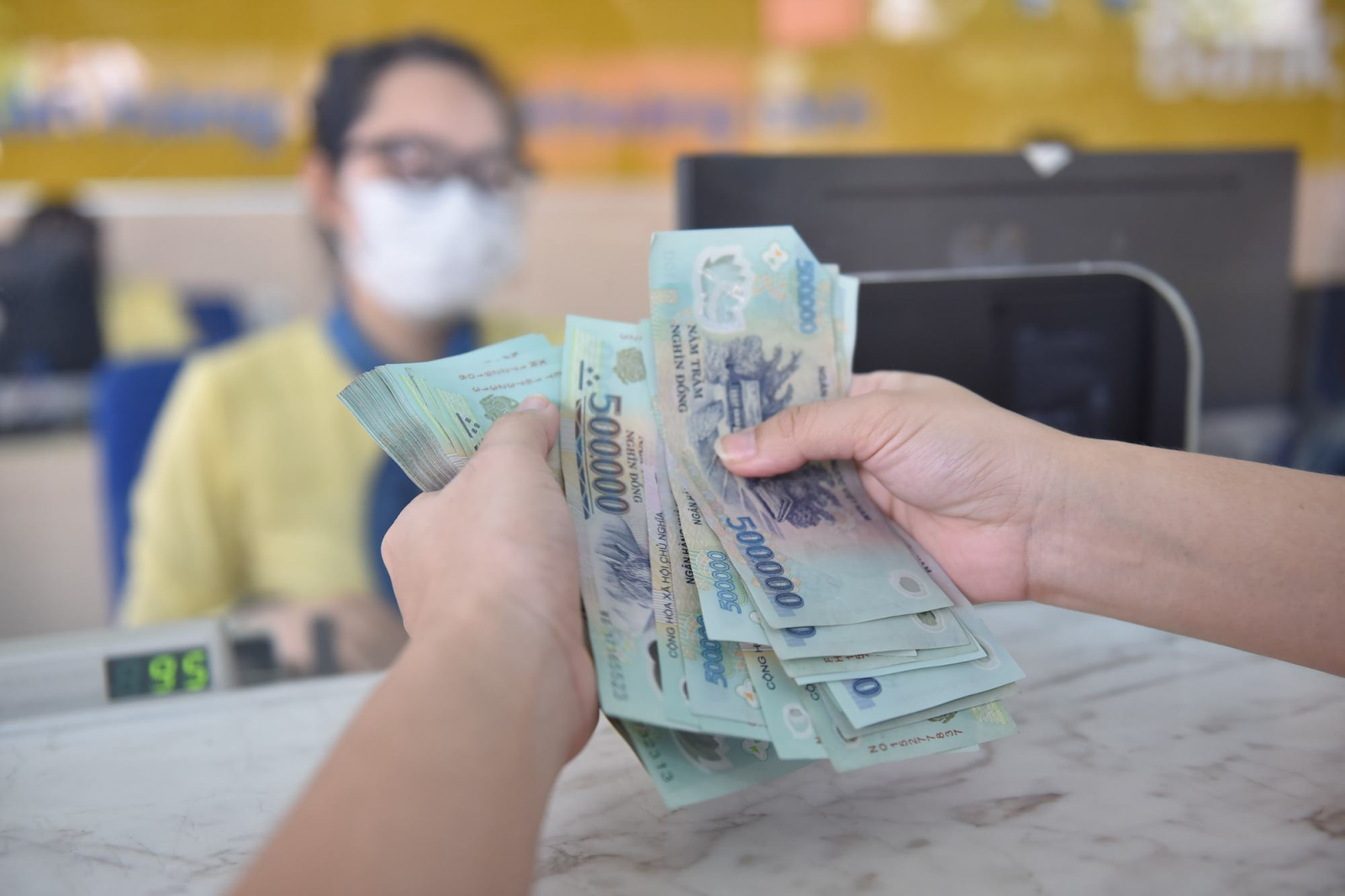
Risks increase and expectations are “held”
The sharp increase in interbank interest rates is raising concerns about a new cycle of increasing lending rates, which could directly hit businesses that are thirsty for capital to expand production.
Mr. Le Ngoc Phuong, Director of a packaging manufacturing enterprise in Bac Thang Long Industrial Park ( Hanoi ), said that orders from major partners are recovering, forcing enterprises to increase imports of raw materials and invest in expanding factories. However, their own resources are not enough, so most of the expectations are placed on credit capital from banks.
“We closely monitor interest rate developments. When we see overnight lending rates among banks skyrocketing, everyone is worried that lending rates will soon be pushed up. Not only will it affect expansion plans, but existing loans could also cost significantly more if interest rates are adjusted according to market fluctuations,” Mr. Phuong shared.
However, on the contrary, many financial institutions and experts believe that the current pressure to increase interest rates is still under control.
According to VnDirect experts, the State Bank of Vietnam will likely continue to stick to its policy of keeping interest rates low to support economic growth.
Financial indicators in the first quarter of 2025 also show that the business sector is being more cautious in borrowing: average interest expenses decreased to 6.1% (down 0.5 percentage points compared to the previous quarter), while the debt-to-equity ratio (D/E) also decreased to 71.9%.
“Although policies are creating room for lending, businesses are still cautious. Actual credit demand remains low because the financial restructuring process has not been completed and the economic environment still has many potential fluctuations,” VnDirect’s report stated.
The market has not yet shown any clear signs of an increase in deposit interest rates. Interest rates at major commercial banks remain at a fairly low level: Demand deposits and deposits under 1 month: 0.1 - 0.2%/year; Term 1 - under 6 months: 3.2 - 4%/year; Term 6 - 12 months: 4.5 - 5.5%/year; Over 24 months: 6.9 - 7.1%/year
The average lending interest rate for new loans and existing loans is still fluctuating around 6.6 - 8.9%/year with no sign of being pushed up significantly.
Regarding macro policy, UOB’s latest report said that inflation in Vietnam is well controlled at 3.24% (compared to the target of 4.5% this year), thereby strengthening the ability to maintain or even further loosen monetary policy. UOB forecasts that the SBV may keep the refinancing rate at 4.5%/year until the end of the year.
If the economic situation shows signs of weakening sharply or the Fed begins a cycle of lowering USD interest rates, the refinancing interest rate in Vietnam could drop to 4%, or even 3.5% per year, provided the exchange rate remains stable.
However, pressure on the exchange rate and external risks remain factors that need to be closely monitored. The recent weakening of the VND may make the SBV more cautious in easing.
In short, although the interbank interest rate level is “heating up”, the possibility of spreading to the residential market is not yet worrisome in the short term. With the goal of supporting businesses, the State Bank is expected to continue to maintain a “low level” for lending interest rates, at least until inflationary pressure and exchange rates change more clearly.
Source: https://baolamdong.vn/lai-suat-lien-ngan-hang-vot-len-6-45-doanh-nghiep-thap-thom-lo-chi-phi-von-tang-vot-380966.html





























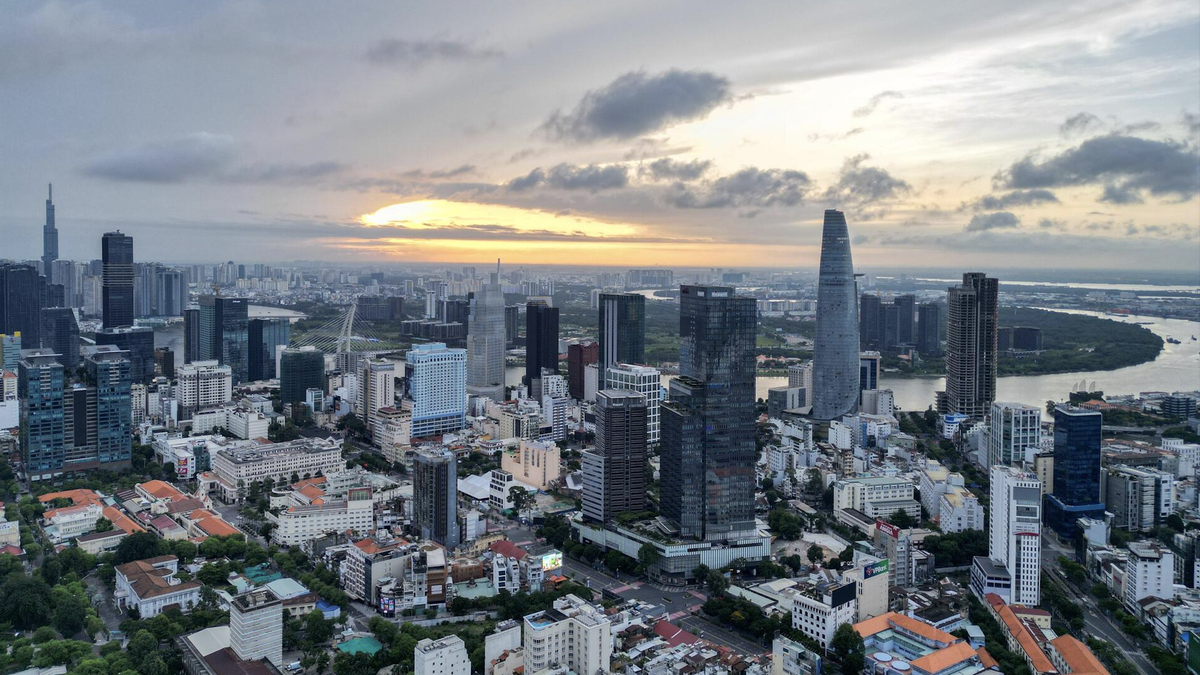
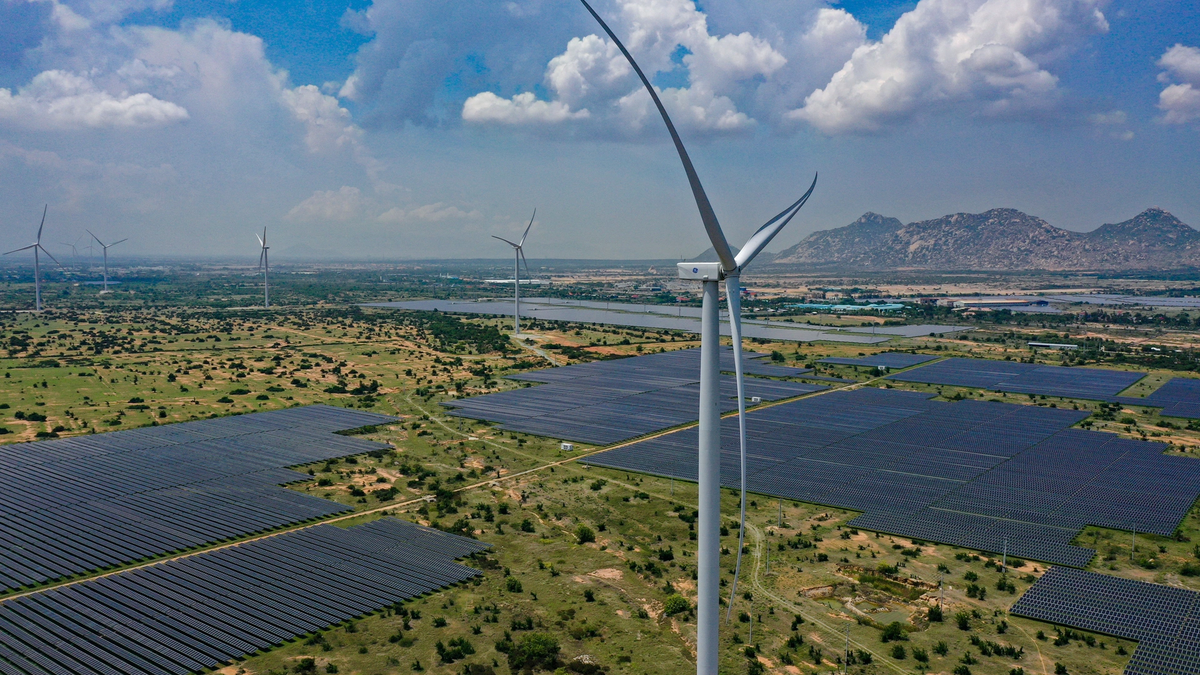

















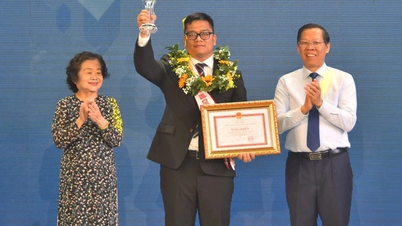













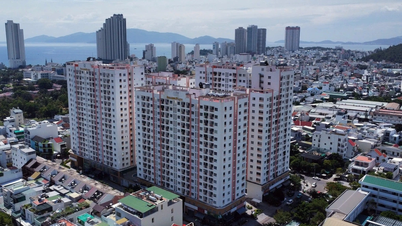
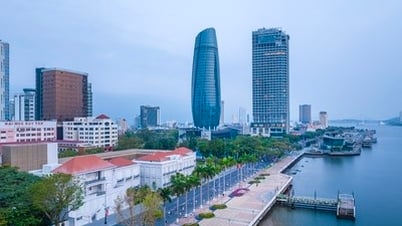




















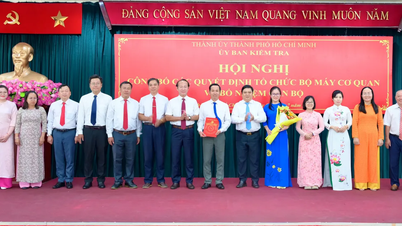




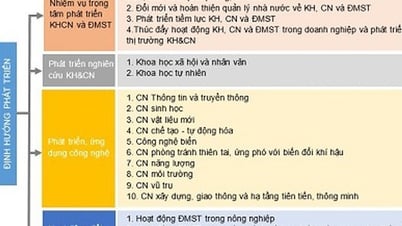

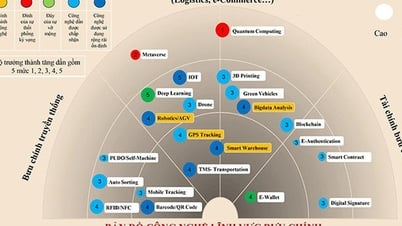
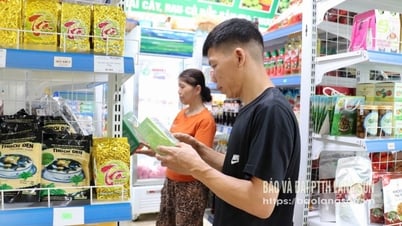






Comment (0)